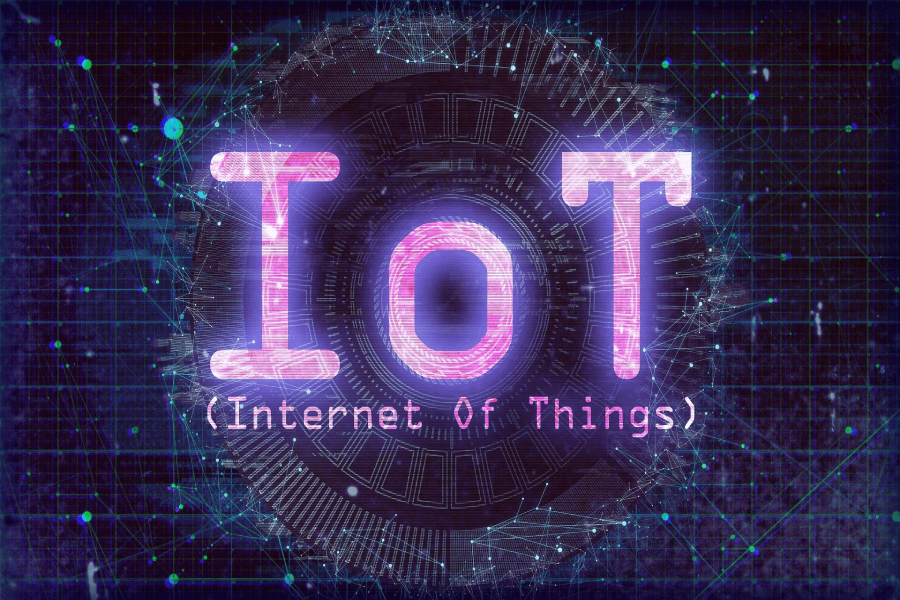The insurance industry is transforming its way through technology. 2020 witnessed rapid changes in the digital world and the necessity to cope with circumstances increased the usage of technology. Tech trends make life and work easier and less complicated. Here are the 10 major technology trends the insurance industry visited in 2020.
1.Predictive Analytics
Predictive analytics is the branch of advanced analytics used to make predictions about future events by analyzing current data by methods like data mining, statistics, modeling, machine learning, and artificial intelligence. The patterns found in historical and transactional data can be used to identify risks and opportunities for the future.
2.Artificial Intelligence
Providing personalized experiences to customers is a necessity in the modern world. That is where AI comes into the role. AI offers insurers the ability to create these unique experiences.
In the insurance industry, AI is transforming areas such as underwriting, customer service, claims, marketing, and fraud detection. To improve customer experience, many insurers are investing in virtual assistants like chatbots which are digital services capable of holding natural-sounding conversations with human beings to accomplish particular tasks, such as answering questions.
InsurTech startups are utilizing AI to develop solutions to streamline operations, create better underwriting models, and improve customer service. While AI provides opportunities for traditional insurers to modernize themselves, implementing AI is not easy. Traditional insurers could face challenges integrating AI into their existing technology due to issues such as data quality, privacy, and infrastructure compatibility.
3.Machine Learning
According to Forbes, “Machine learning is technically a branch of AI, but it’s more specific … Machine learning is based on the idea that we can build machines to process data and learn on their own, without our constant supervision.”
Machine learning can not only improve claims processing, but it can also automate it. When files are digital and accessible via the cloud, they can be analyzed using pre-programmed algorithms, improving processing speed and accuracy. This automated review can be used for policy administration and risk assessment.
4.Internet of Things (IoT)
Most consumers are willing to share extra personal information to save money on their insurance policies – and the Internet of Things (IoT) can automate much of that data sharing. Insurers can use data from IoT devices such as the various components of smart homes and wearable technologies to better determine rates, mitigate risk, and even prevent losses in the first place.
IoT will bolster other insurance technology with first-hand data, improving the accuracy of risk assessment, and giving insureds more power to directly impact their policy pricing.
IoT technologies enable insurance companies to determine risks more precisely. Networked devices also allow insurers to interact with their customers more frequently and to offer new services based on the data they have collected. In the insurance sector, customers often engage exclusively with agents or brokers; direct customer contact has been limited to contract extensions, and the handling of insurance claims. IoT could therefore have considerable benefits for customer relationships, allowing companies to establish more intensive and targeted customer contact.
5.Telematics
The application of telematics mainly comes under auto insurance. Cars equipped with monitoring devices measure various indicators such as data on speed, location, accidents, and more, which are all monitored and processed with analytics software to determine a policy premium.
The benefits of telematics are numerous for both insurers and insureds. Telematics in P&C insurance will:
- Encourage better driving habits
- Lower claims costs for insurers
- Change carrier to customer relationships from reactive to proactive
6.Blockchain
Blockchain enables the creation of a digital ledger that can’t be altered. Using this technology, insurers can reduce the admin costs that come with reviewing claims and checking payments made by third parties – blockchain ensures all of this information is shared, fraud-protected, and easy to verify.
According to PWC, blockchain could particularly benefit reinsurers – reducing the steps involved in the process and leading to potential savings of USD 5-10 billion worldwide. For example, reinsurers in healthcare could cut costs and save time using smart blockchain contracts to quickly verify consumer data and insurance history, reducing the back and forth that’s commonly involved.
Additionally, blockchain can be distributed widely without the risk of duplication, enabling increased transparency and improved workflow governance.
7.Robotic Process Automation
Robotic Process Automation (RPA) is an emerging technology trend that can empower insurers in building a high-growth responsive business while optimizing cost. RPA (or software bot) emulates transactional, administrative tasks that are repetitive, rules-based, and require no decision making or strategizing.
RPA can accomplish repetitive tasks more quickly, tirelessly, and more accurately than humans. This, in turn, frees them up to focus on those tasks that require human strengths such as reasoning, judgment, and emotional intelligence, thus creating more value for their organizations.
The insurance space has a lot of back-office processes that are operational, high volume, and repetitive. RPA facilitates communication between legacy and newer systems and automation using RPA enables enterprises to process data from various industries with accuracy.
8.Drones
Unmanned drones are an insurance technology tool that will be utilized more by 2021. They can be used across many stages of the insurance lifecycle – collecting data to calculate risk before issuing a policy, aiding in preventative maintenance, and assessing damage following a loss.
They are small, easy to maneuver, and don’t require an airport runway for launching. Thus, they are much cheaper to use than manned aircraft. Also, drones don’t require an onboard pilot, so they can travel to places that are unsafe for humans.
9.Chatbots
Utilizing AI and machine learning, chatbots can interact with customers seamlessly, saving everyone within an organization time – and ultimately saving insurance companies money. A bot can walk a customer through a policy application or claims process, reserving human intervention for more complex cases.





